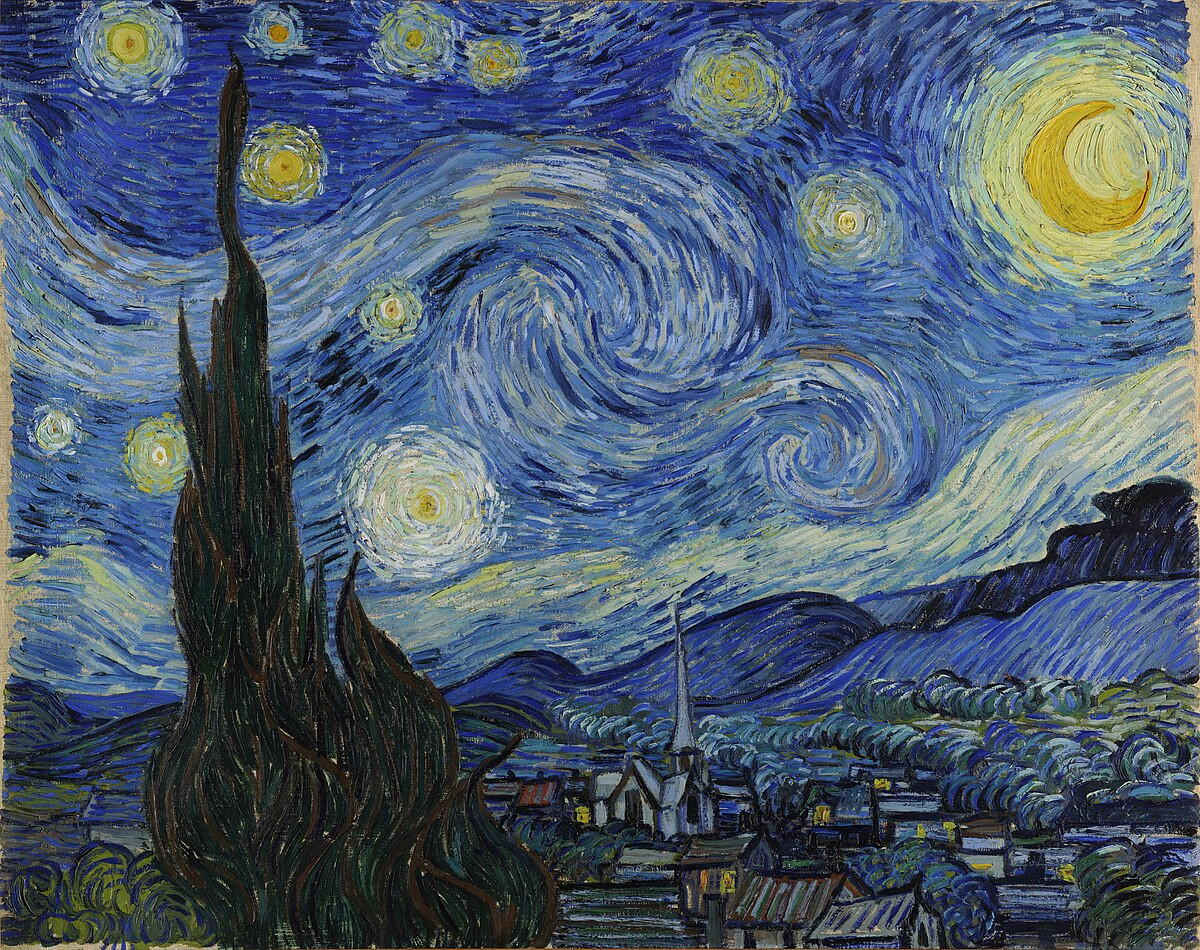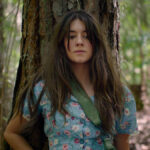Vincent van Gogh’s The Starry Night is undeniably one of the most recognized and celebrated paintings in the world. Currently, an exhibition at the Metropolitan Museum of Art, titled Van Gogh’s Cypresses, shines a light on the artist’s fascination with cypress trees, even featuring The Starry Night and Wheat Field with Cypresses prominently. This exhibition invites viewers to appreciate the detailed elements within Van Gogh’s works, moving beyond a general overview. In conjunction with this exhibition, which runs until August 27, 2023, let’s delve into the history and, crucially, the location where The Starry Night was painted.
While Vincent van Gogh is now revered as a titan of 19th-century art, achieving global fame and recognition, this was not always the case. During his lifetime, and even for some time after his death, van Gogh and his iconic painting, The Starry Night, remained largely unknown to the wider public. Even today, despite his widespread fame, many are unaware of the specifics surrounding his artistic journey and the context in which his masterpieces were created. Often, public knowledge is limited to his name and generalized notions about his mental health struggles.
Born in the Netherlands in 1853, Van Gogh’s path to becoming a celebrated artist was far from straightforward. Although interested in art from a young age and briefly working as an art dealer, he spent much of his early adult life exploring various professions. It wasn’t until 1880, at the age of 27, that Van Gogh dedicated himself to art, enrolling in classes at the Académie Royale des Beaux-Arts in Brussels. This relatively late start underscores the intense passion and drive that fueled his decade-long artistic career.
 Starry Night Painting by Van Gogh
Starry Night Painting by Van Gogh
Despite his tragically short career as an artist, lasting only a decade, Van Gogh was incredibly prolific. He produced over 850 paintings and nearly 1,300 drawings, sketches, and works on paper. This immense output is even more striking considering the limited commercial success he experienced during his life. In fact, he sold only a handful of paintings before his untimely death by suicide in 1890 at the young age of thirty-seven.
So, where was The Starry Night painted amidst this backdrop of intense creativity and personal struggle? The Starry Night was painted in Saint-Rémy-de-Provence, in the south of France. Specifically, it was created during Van Gogh’s stay at the Saint-Paul-de-Mausole asylum beginning in 1889. Voluntarily admitted to the asylum in May 1889, Van Gogh painted The Starry Night around mid-June of that year, capturing the view from the east-facing window of his asylum room just before sunrise.
While the painting depicts a swirling, dramatic night sky filled with stars, the village nestled below is a generalized representation of Saint-Rémy, not a direct view. The prominent cypress trees, however, were indeed visible from his window and became a recurring motif in his work during this period, as highlighted in the Met exhibition. Therefore, The Starry Night is not merely a product of Van Gogh’s imagination but is deeply rooted in his lived experience and the specific location of his confinement. The asylum and the surrounding Provencal landscape provided the visual inspiration for one of the most enduring artworks in history.
In conclusion, The Starry Night, a painting now admired globally, was conceived and created in the unique setting of the Saint-Paul-de-Mausole asylum in Saint-Rémy-de-Provence. Understanding the location where The Starry Night was painted provides crucial context to appreciate the masterpiece further, revealing the intersection of Van Gogh’s internal world and the external environment that fueled his artistic genius.


